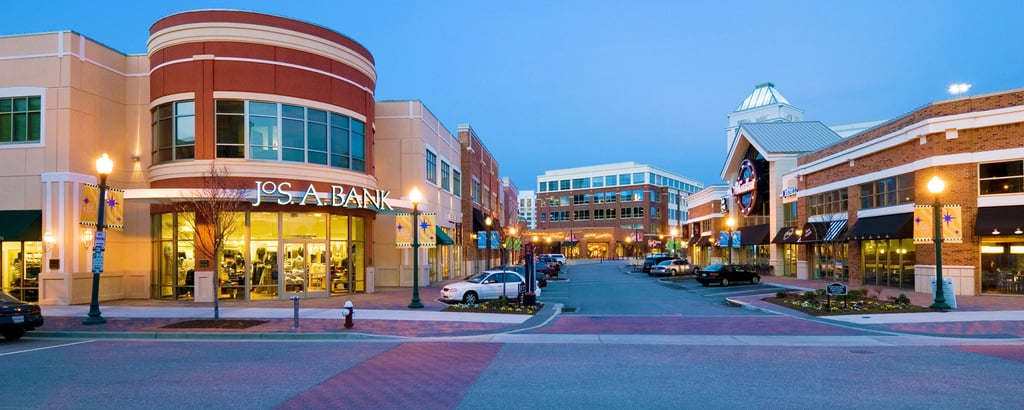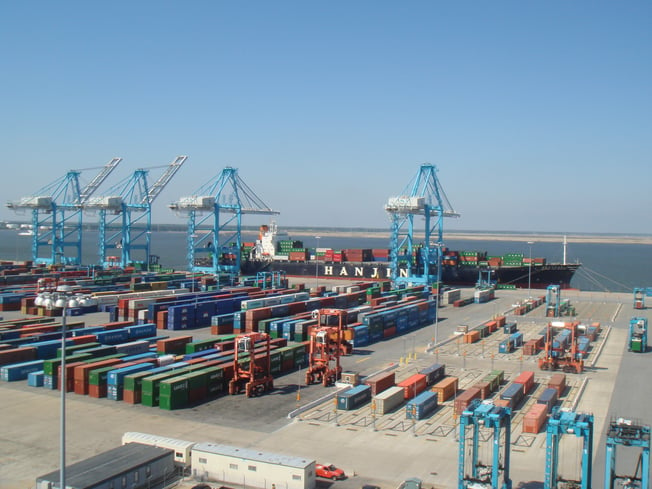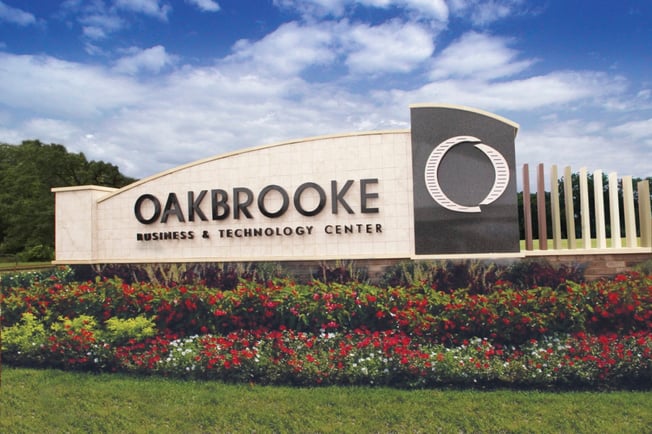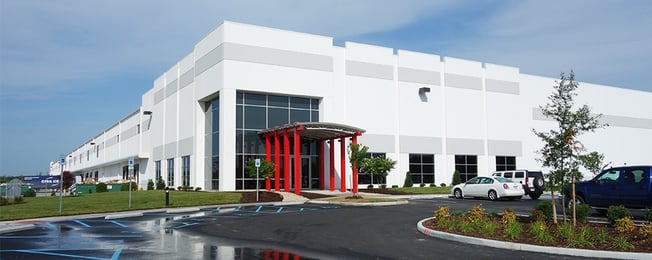

Economic development is about education.
Part of my job as Economic Development Director for Currituck County is to educate outside companies about the county and help them decide if we’re a fit for their business. But that’s only part of my job.
I’m also here to help established companies expand and succeed. I promote our region, our industries and our workforce. And every day I teach people about how economic development projects can increase jobs and wealth, encourage growth and improve quality of life.
But I’m also here to learn.
I spent years in economic business development with the City of Norfolk and the Town of Edenton and Chowan County in North Carolina. Now, I’m lucky enough to arrive during a busy time for economic development in Hampton Roads. Big things are happening in almost every one of our 16 cities and counties.
One of the biggest projects on my plate right now is Currituck Station. As you can imagine, transforming 3,000 acres of land into a vibrant residential and commercial district will be a challenge. Here in Currituck, we’ve taken the first steps to make our vision a reality.
Even though it’s still early, I’ve discovered something important during the master planning process. There are five keys to success that have come up in every discussion. And while each economic development project is unique, many of these lessons can apply to (and improve) just about any other economic development opportunity.

Long before any shovels will hit the ground, Currituck County started a conversation with our citizens about the proposed Currituck Station. Throughout the planning process, we’ve shared our progress with the public and continue to solicit feedback about how the project is shaping up and how it should evolve.
Public engagement is the secret ingredient to helping any economic development project move forward.
The revamped Waterside District in Norfolk did a great job of building local excitement. Developers shared their ideas, provided progress updates along the way and created a buzz online using social media. As a result, the opening weekend was packed and the festivities felt like a community celebration.
The bottom line is that it doesn’t matter if you’re building a new highway or a hamburger restaurant, people like to be involved. They want to contribute to the direction and personality of a project and, at the very least, they want their voices to be heard. Engage them early and engage them often and your project’s success will feel like a group effort.

In Currituck County, our goal is to figure out the best use for 3,000 acres near the Virginia-North Carolina state line. Three hundred years ago, the same area of Moyock was a thriving commercial hub that specialized in one product: cypress shingles. Today, our best chance for success comes from embracing the concept of mixed-use.
The same way that your financial adviser will recommend a diverse portfolio for your investments, adding diversity in development helps lower risk and can tip the scales of success in your favor. Mixed-use projects call for a balanced combination of residential (both single and multi-family) and commercial development (including industrial, retail and healthcare).
City Center at Oyster Point in Newport News is a great example of mixed-use development. The busy district includes a blend of retail, dining, residential and Class A office space. Land that once would have been developed as an office park, apartment community or shopping mall is a now a vibrant combination of all three.

Currituck Station is not going to be an isolated outpost of neighborhoods and shopping centers. Our hope is that it becomes a hub connecting all of North Carolina to Hampton Roads and the Port of Virginia. That’s why it’s moving forward in tandem with some big regional transportation projects. It’s success depends on its ability to be connected.
Nobody sets out to build a ghost town, but that’s exactly can happen without considering infrastructure, access and connectivity.
And in 2017, connectivity isn’t just about highways and byways. Think about Virginia Beach’s upcoming data center park, which is set to become a major center for high-speed digital information thanks to transoceanic cables that will directly link the city to Europe and the rest of the world. Commerce can thrive if your project is connected.

During a presentation of our Currituck Station master plan, one of the project managers shared something that stuck with me. He said, “The most dangerous thing for a planner to do is put a line on a piece of paper.”
His point? We can sketch and speculate all we want, but the future holds things we can never know or imagine.
One of the biggest challenges for our Currituck Station master plan has been to allow for a certain amount of flexibility. Until something is literally set in stone, nothing should be set in stone. Our master plan might not match up exactly with what a business wants or needs, so our success depends on our ability to adapt.
One of my favorite economic development success stories in Hampton Roads is how the City of Chesapeake became a melting pot of international businesses. By working closely with a handful of global companies, the city learned what made them attractive for overseas expansion. They took those lessons, adjusted their pitch and circled the globe to sell the city. Today, Chesapeake is home to more than 50 companies from over a dozen different nations.

Economic development is a marathon, not a sprint.
Currituck Station is not part of an episode of “Extreme County Makeover.” Results will not come overnight. In fact, this project is part of a long-term vision and could take as long as 25-30 years to complete.
Change is inevitable. Our strategy is to take control of how, where and when that change comes instead of just letting it happen. Not long ago, we invited our residents to take part in the Imagine Currituck: 2040 Vision Plan.
There is plenty of evidence throughout Hampton Roads that patience pays off. I look at how the City of Suffolk reinvented itself. Once a rural community focused on peanuts and railroads, it has become a bustling center of residential and commercial development. The growth and success of its many industrial sites, Northgate Commerce Park and Harbour View prove that prosperity is built one project at a time.
This post was originally published in Inside Business.
These Stories on Economic Development
No Comments Yet
Let us know what you think